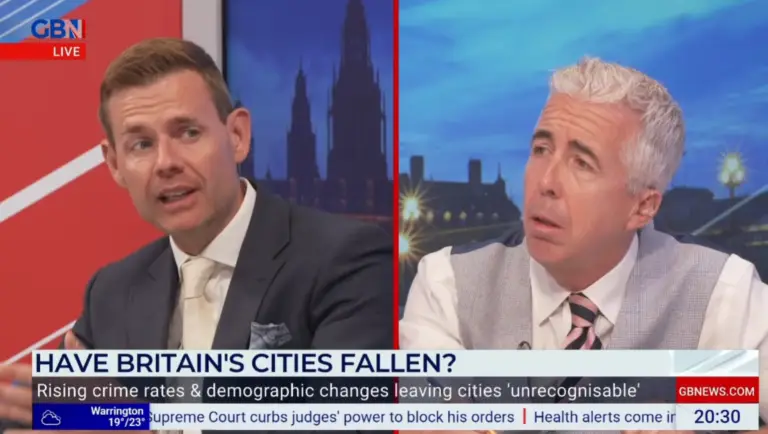Despite only a fraction of the votes being counted, the local elections are threatening the Labour rout expected by many and feared by the government. Labour has won Stoke-on-Trent, Swindon and booted the Conservatives out of their cherished stronghold, Medway, in Kent. ‘You’ve blown the doors off!’ Starmer announced to local activists in Labour’s new territory that the Conservatives called home for over 20 years.
Also grinning from ear to ear is the self-described ‘Cheshire Cat’ and Lib Dem leader Ed Davey, whose party has retained control in key areas, such as the Cotswolds, and is threatening to deliver a fateful blow to the Conservative rump with a victory in Windsor and Maidenhead. Given last night’s offensive on the ‘blue wall,’ the Prime Minister will be waiting with bated breath to see what remains of it tonight.
And what of the Conservative performance? Andrea Leadsom was on damage limitation duty this morning to declare it is still early days after a ‘bad night for the Conservatives.’ It is hard to dress up a potential haemorrhaging of 1000 seats in any other way.
Another important question mark that continues to hover over these results is the extent of Labour’s vote share. According to Professor Sir John Curtice, the oracle of British election results, Labour will need a double-digit lead over the Conservatives to be considered a government in waiting. This seems fair: Tony Blair’s double-digit leads in local elections foreshadowed New Labour’s historic victory in 1997, whilst Ed Miliband’s 7% lead in 2015 failed to guide him away from electoral defeat in the same year. Whether Keir Starmer can translate Labour’s consistent lead over the Conservatives into such confirmation is yet to be seen.
If one thing is for certain though, it is that Rishi Sunak still has a considerable mountain to climb to win over the public. Despite making a dent into the polling gap between his party and Keir Starmer’s, the cost-of-living crisis has thwarted the prime minister’s attempts to de-toxify the Conservative brand. The legacy of Boris Johnson and Liz Truss’s premierships cannot be helping either.
The strong performances of the Lib Dems (89 seats gained) and the Greens (52 seats gained) suggest an electorate that is not entirely enthused by either major party, although both traditionally do better at local level than they do in a general election.
Repeating the government’s five priorities like a mantra, the Conservative response seems to be to continue plugging away at the polling gap and weather the storm to win back the public’s trust. If these election results are anything to go by though, it is that the public mood may have already solidified against them. However, we cannot yet be certain that Keir Starmer will be outside the door of Number 10 in 2024 either.
Overview of the results at 2:30pm:
- Labour: 1,036 councillors (190 councillors gained)
- Conservatives: 678 councillors (322 councillors lost)
- Liberal Democrats: 502 councillors (89 councillors gained)
- Independents: 267 councillors (No change)
- Greens: 109 councillors (52 councillors gained)




